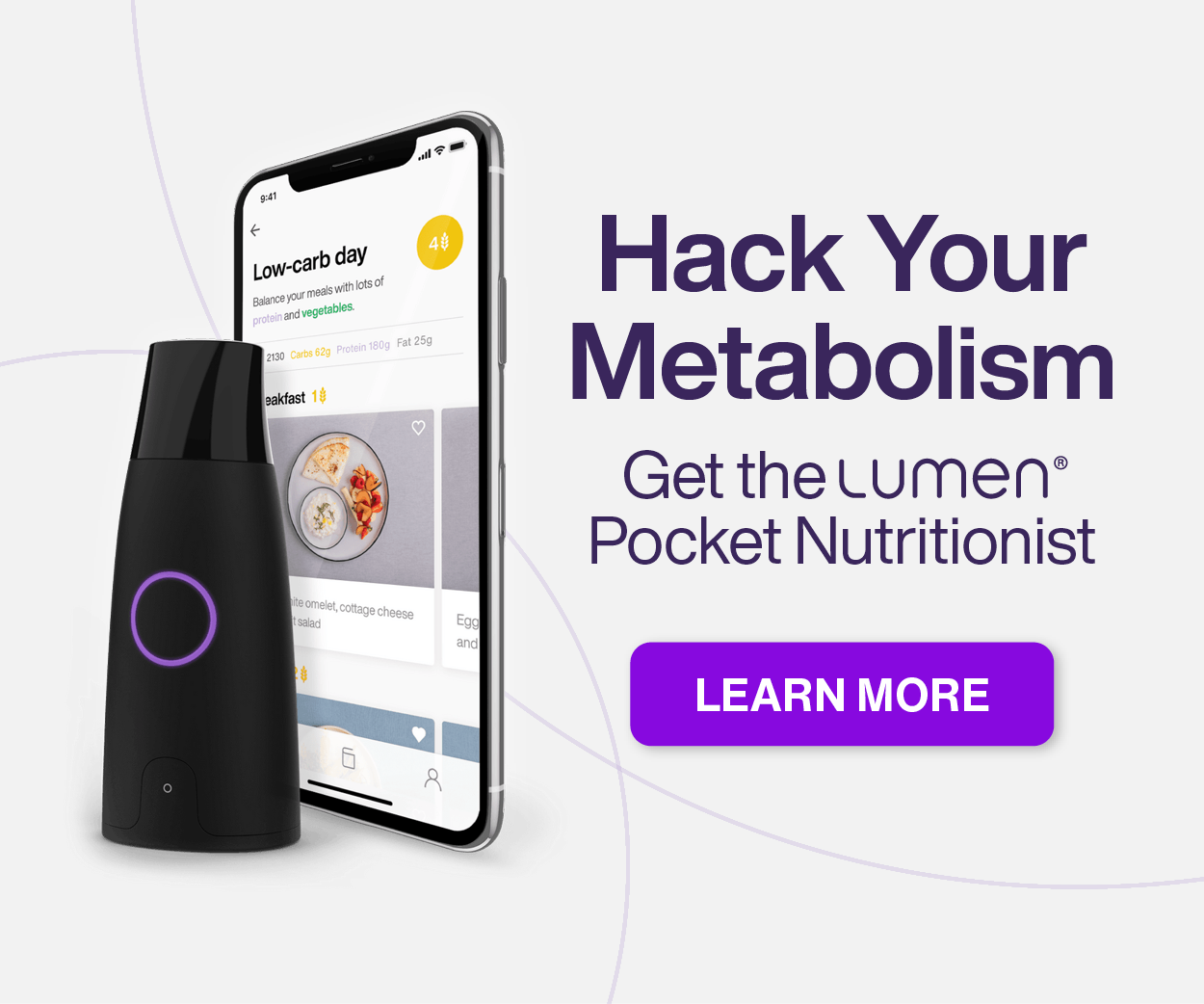You probably know that eating a nutritious diet and living a healthy lifestyle (which includes exercising, keeping your weight under control, and cutting back on caffeine and alcohol, among other things) is a great way enhance the chance of conceiving and prepare your body for pregnancy. And if you’re already taking those steps, you are on the right path. What you may not know, however, is that researchers have found that beyond eating a generally healthy diet, there are some foods (fertility foods) that may be particularly helpful when trying to conceive. In addition to that, there are some unhealthy foods that may be especially harmful when trying to conceive. So while there is no one food that will guarantee pregnancy, there are definitely some foods you should you dig into (they’re good for you, and that’s a good enough reason) and other foods you should ditch.
There’s no need to feel deprived when you’re trying to get pregnant though, it is actually quite the opposite. Check out these foods that taste great and can help keep your body in top baby-making condition!
1. Whole Grains. You don’t have to give up carbs, just choose the right ones and you are fine. Complex carbohydrates like whole grain breads, brown rice, stone-ground cornmeal, and oatmeal don’t affect blood sugar and insulin as dramatically as refined carbohydrates (white bread, white rice, bleached flour, etc). And anything that’s good for insulin function is good for fertility.
2. Plant Protein. Protein from plant sources like beans, peas, and nuts have been associated with increased fertility, as opposed to protein from meat and poultry. Beans are also high in iron, another fertility-helper. There is no need to become 100% vegetarian while trying to have a baby, but do try to eat mostly seafood if eating protein from animals.
 3. Fresh Fruits and Vegetables. It is possible to explain how healthy and important fresh produce is for fertility? There are just so many reasons! First of all, it’s full of antioxidants, which promote general and reproductive health. Plus many fruits and vegetables like oranges and citrus fruits, strawberries and, green leafy vegetables are very high in folate (water-soluble B vitamin) which is an important nutrient to load up on before pregnancy to prevent birth defects.
3. Fresh Fruits and Vegetables. It is possible to explain how healthy and important fresh produce is for fertility? There are just so many reasons! First of all, it’s full of antioxidants, which promote general and reproductive health. Plus many fruits and vegetables like oranges and citrus fruits, strawberries and, green leafy vegetables are very high in folate (water-soluble B vitamin) which is an important nutrient to load up on before pregnancy to prevent birth defects.
4. The “Healthy” Fats: Monounsaturated, Polyunsatured, Omega-3 Fatty Acids.
Always remember this: Say no to trans fats and saturated fats and yes to monounsaturated and polyunsaturated fats, and omega-3 fatty acids. That is the rule of thumb when it comes to health! These fats reduce inflammation and insulin sensitivity. You’ll find them in avocados, nuts, sesame and pumpkin seeds, sardines, and salmon.
You can combine these foods in all sorts of ways to magnify the fertility-boosting impact of any meal or snack. Instead of a plain salmon sushi roll, order the one with avocado; add almond butter to your morning smoothie or switch to brown rice. It doesn’t have to be hard, those small changes will be very fertility-boosting!
5. Wild yams. Some experts think that this yummy Thanksgiving staple contains a substance that may help stimulate ovulation (amazing!). In fact, populations that eat a lot of wild yams have a high rate of twins. When it comes to fertility foods, this one may have double the effect!
6. Berries. Blueberries and raspberries are particularly packed with antioxidants, which help prevent damage and aging to your body’s cells, and this includes cells in your reproductive system–meaning your eggs. So a diet that’s rich in berries may help keep your eggs healthy and increase their shelf life.
 7. Oysters. The oyster is famous for being an aphrodisiac because it contains zinc, which is crucial for conception. Zinc deficiency can disrupt the menstrual cycle, as well as iron, and slow the production of good-quality eggs, but if you are not sure if you get enough through your diet you can get zinc from a good prenatal vitamin.
7. Oysters. The oyster is famous for being an aphrodisiac because it contains zinc, which is crucial for conception. Zinc deficiency can disrupt the menstrual cycle, as well as iron, and slow the production of good-quality eggs, but if you are not sure if you get enough through your diet you can get zinc from a good prenatal vitamin.
And the foods you should ditch:
1. High-mercury fish. Mercury has been linked with infertility. It’s also known to be harmful to the development of your baby, so you’ll want to avoid eating any high-mercury fish while trying to conceive, especially swordfish, king mackerel, tilefish, tuna steak, and shark.
2. Trans fats. Researchers have found that the more trans fats in a woman’s diet, the greater the risk is to develop ovulatory infertility. Trans fats (also called hydrogenated or partially hydrogenated oils, check the labels!) are found in processed and fried foods (packaged snacks and doughnuts, and millions of other items!). So read nutrition labels carefully to avoid trans fats, and stick to polyunsaturated fats (in fatty fish, walnuts, and sunflower seeds) and monounsaturated fats (such as olive oil).
Other natural ways to improve your fertility include:
1. Tracking Fertility. There are a number of natural family planning methods that can also help you to become pregnant. Keeping track of your cervical mucus, and using the Fertility Awareness Method will help you to become more aware of your body’s natural cycle (Try the cervical mucus method). Try keeping a fertility chart – this will raise your fertility awareness, allowing you to know exactly when you are actually ovulating (Many couples have difficulty getting pregnant because they are having intercourse at times when the woman isn’t ovulating. It is important to have sexual intercourse just before an egg is released, in order to maximize your chances of becoming pregnant!). You may also want to look into purchasing a fertility monitor, which can help you keep track of your conception calendar and dates. Good investment for you who want a little one! There are also lots of free tracking apps, like FemCal that track your fertility signs and let you know your peak times for conception b
2. Sexual Positions. If you are having difficulty becoming pregnant, you and your partner may want to experiment with different conception positions during intercourse. In order to become pregnant, your partner must deposit his sperm as close as possible to your cervix. Certain positions will allow this to happen more easily. Avoid having sex while standing, sitting, or with you on top, as this can cause semen to leak out of your body. Instead, try the missionary position, which allows for deeper penetration. Rear entry intercourse is also effective, as it allows your partner to deposit semen closer to your cervix. To keep any extra semen from leaking out of you, try elevating your hips for fifteen minutes or so after your have sex.
 3. Herbs. If you are having difficulty becoming pregnant you and your partner may want to look to herbs for fertility (Very effective!). Herbs have been used to promote fertility for thousands of years and can be considered to be a form of natural fertility medication. Because herbs can be very potent, it is important to speak with a registered naturopath, herbalist, or holistic practitioner before taking any herbal supplements.
3. Herbs. If you are having difficulty becoming pregnant you and your partner may want to look to herbs for fertility (Very effective!). Herbs have been used to promote fertility for thousands of years and can be considered to be a form of natural fertility medication. Because herbs can be very potent, it is important to speak with a registered naturopath, herbalist, or holistic practitioner before taking any herbal supplements.
– Vitex (Chasteberry): This herb works to increase fertility by stimulating the pituitary gland. This is the gland responsible for producing sex hormones like estrogen, progesterone, and testosterone. Chasteberry should help fertility by balancing the sex hormones. It is great for women with irregular cycles, a short luteal phase, or PMS.
– Dong Quai: Dong Quai is a Chinese fertility herb, long-used to solve menstrual difficulties. It also helps to balance estrogen levels in the body and improve chances of implantation.
– Maca Root: Maca has been used as a fertility supplement for thousands of years! Maca contains over thirty different minerals and over sixty different phytonutrients. While Maca itself does not contain hormones, it can help to affect hormones in both men and women, making it a valuable supplement. Maca supports the balance of hormones in the body and also supports the thyroid, and normal sexual function. Maca is also able to increase stamina, energy and mental clarity, making it a very valuable supplement indeed. It has been shown to help with a lot of the essential body processes that are necessary for fertility, such as supporting the function of the pituitary gland and other vital body processes.
– Red Raspberry Leaf: Red Raspberry Leaf Tea has become one of the most popular herbal “fertility teas” that women are using to help them conceive. The red raspberry leaf is the green leaf that is found on the raspberry plant. It has been used for thousands of years, starting long ago with the ancient Greeks and Romans to cure various sicknesses and ailments. These days, it is a popular herbal treatment for fertility and can help with various problems throughout pregnancy since it prepares your uterus, as well as boosting overall nutritional intake since the leaves are high in carotenoids, citric acid, tannins, vitamin A, B complex, C, and E. They also have an easily assimilated form of iron, calcium, phosphorus, potassium and silica.
4. Exercise. This one seems to work on every single condition, but yes people, moderate exercise can also be a good natural fertility treatment. When combined with a balanced and nutritious diet mentioned above, exercise can help you to maintain a healthy body weight. Excess body fat can increase the amount of estrogen in your body, throwing the female fertility cycle out of balance. Exercise helps to burn off this excess body fat, allowing hormone levels to return to normal. It is best not to overdo exercise since over exercising can actually impair fertility. Try low impact aerobic workouts like walking, swimming, cycling, pilates and yoga (Check out the amazing benefits of yoga for women’s fertility here!) Balance within is everything!
Good luck! If you need any help getting that right balance in life, don’t hesitate to schedule your free consultation with holistic health counselor Natasha Uspensky!










 Nutribullet
Nutribullet






 By: Stephanie Heino
By: Stephanie Heino












